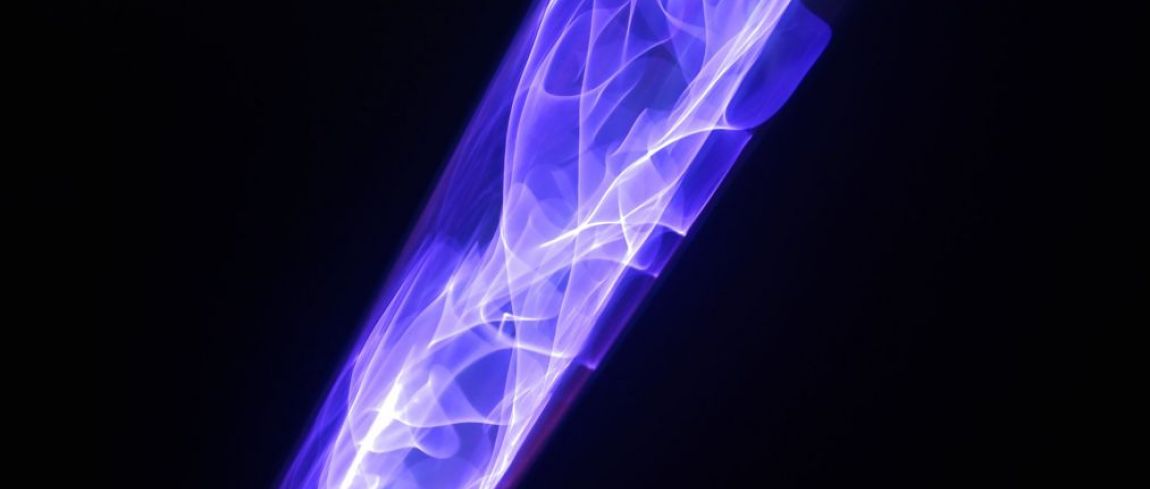Source: analyticsindiamag.com
DataRobot has gained traction in the AutoML world due to its intuitive platform that can be leveraged to build ML models without the need for data scientists. In an attempt to further enhance the platform, the firm introduced Visual AI in the DataRobot 6.0 to automate ML workflows with computer vision technology.
The company has been making great strides in the data science landscape. It has been committed to continually improve its platform to simplify the workload of data scientists and in turn, bring efficiency within organizations. In December 2019, DataRobot acquired Paxata to enhance its platform’s capabilities after bagging $200 Million in Series E funding. The firm has been aggressively acquiring and integrating new features to streamline AI workflows.
What is Visual AI
Computer vision technology has become the foundation for many AI-based applications, such as facial recognition, and object detection, among others. Consequently, DataRobot has come up with a new solution to simplify the incorporation of image data into ML models alongside tabular and text-based data types.
With this, anyone can build models by just dragging and dropping images into the DataRobot platform. One can also get started with the models by feeding only a few hundred images for training, thereby getting outputs within minutes or hours. Also, you do not require GPUs as it is optimized to perform even on basic hardware. This is because the firm already offers pre-trained neural networks that do the heavy lifting.
How Is It Different?
The Visual AI solution empowers users to build binary and multiclass classification and regression models with images. One can use it to develop completely new image-based models. Besides, users can also add pictures as new features to existing models to enhance their accuracy from totally different images. In other words, the variables can be extended even after the model is trained, resulting in more flexibility in the data science workflows.
Getting started with the solution:
These solutions are self-explanatory and point to the factors that lead to the outcome of models. The steps are as follows:-
- Create a zip file of images: Keep images into different folders or use comma separated values (CSV) file if you want to include additional features; and then zip the files.
- Drag and drop the zip file into the platform: Upload or drag and drop the zip file into a new project and pick your target.
- Explore your data: The platform will perform exploratory data analysis (EDA) and show interesting statistics, along with missing and duplicate data.
- Model training: It will automatically train, test, and compare different models to recommend the best one eventually.
- Evaluation: The models can be evaluated for its accuracy using automated visualizations or neural network visualizer, image embeddings and activation maps. The solution shows how the model pre-processed the data, and why a particular algorithm was picked over the other, and where the neural network looked in the image for every single prediction.
- Tune and tweak: If needed, users can tune the models by changing the hyperparameters. However, an expert is required to ensure proper values selection for hyperparameters.
- Deploy and monitor: On deploying the model into production, the solutions provide a view where one can monitor, manage, and enhance the performance.
Performance Of The Solution
The solution was tested with ~14k images of natural scenes such as buildings, forests, streets, mountains, etc. Visual AI trained 40 models in just two hours without the support of GPUs. The accuracy was around 92%, which was tuned to get even higher results.
Although the results were exceptional, one may have to check for bias and approach an expert to interpret the explainability. Consequently, one cannot rely on the solution even though the models are transparent. AutoML has been helping data scientists, but it will be strenuous for non-experts to work with such tools.
Outlook
Nevertheless, Visual AI delivered results which were higher than one would have envisioned, but the firm cannot guarantee similar results unless it is tested with different types of data. It is undoubtedly a great addition to DataRobot offerings, but might still require experts to make the most of it. But this has been the case with other AutoML solutions – these still need specialists to enhance outputs. One cannot directly use outputs of models from AutoML solutions and make business decisions based on it, especially when experts are critical of the computer vision technology due to its potential bias outcomes.


